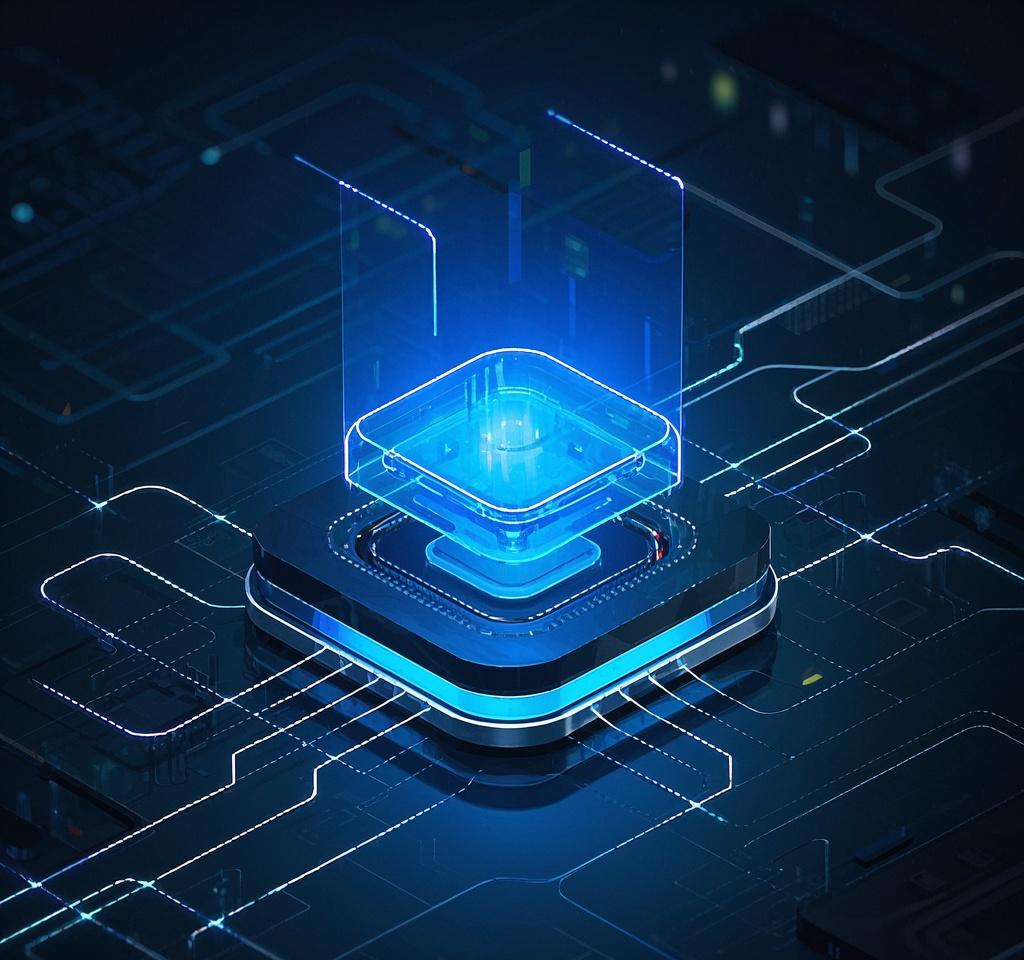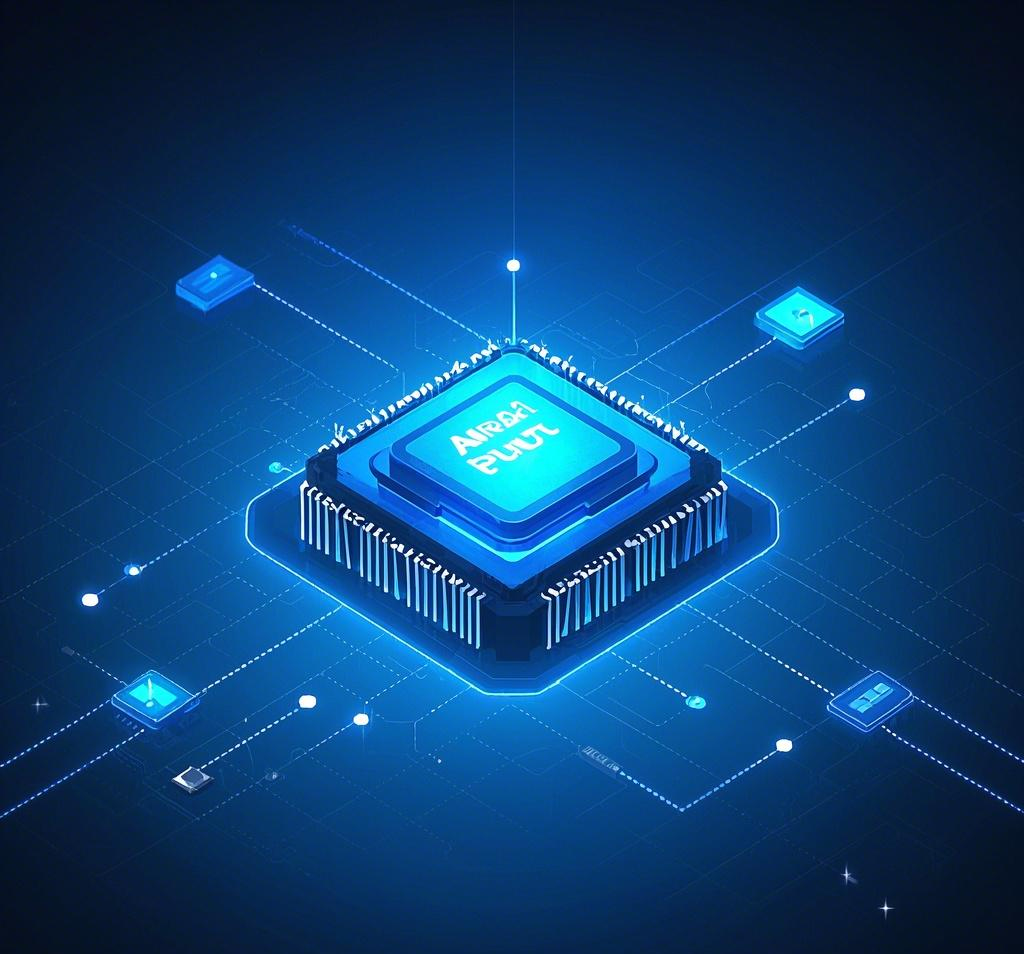Unveiling the Neural Processing Unit Revolution in Artificial Intelligence Technology
Introduction to Neural Processing Units: The Future of AI Computing
Artificial Intelligence (AI) has undergone a seismic shift in recent years, with the rise of specialized hardware playing a pivotal role. At the heart of this transformation lies the Neural Processing Unit (NPU), a dedicated chip designed to accelerate AI workloads, particularly those involving neural networks. Unlike general-purpose CPUs or even GPUs, NPUs are tailored for the specific demands of machine learning tasks, offering unmatched efficiency and performance. This article delves into the intricacies of the Neural Processing Unit, its architecture, applications, and the profound impact it’s having on industries worldwide. Through detailed analysis and structured data, we’ll explore why NPUs are becoming indispensable in the AI ecosystem.
The Neural Processing Unit isn’t just another piece of hardware; it’s a cornerstone of modern AI innovation. By optimizing matrix multiplications and other operations central to deep learning, NPUs enable faster and more energy-efficient computation. Whether it’s powering autonomous vehicles, enhancing smartphone capabilities, or driving advancements in healthcare, the Neural Processing Unit is redefining what’s possible. Let’s break down its significance, starting with its architecture.
Understanding Neural Processing Unit Architecture
The Neural Processing Unit is engineered to handle the unique demands of neural networks, which are computational models inspired by the human brain. At its core, an NPU consists of thousands of tiny processing cores optimized for parallel computing. These cores excel at performing the matrix and vector operations that underpin machine learning algorithms like convolutional neural networks (CNNs) and recurrent neural networks (RNNs).
A typical Neural Processing Unit includes several key components:
- Compute Units: These are specialized cores designed for high-speed arithmetic operations, such as multiply-accumulate tasks, which are fundamental to neural network training and inference.
- Memory Hierarchy: NPUs feature on-chip memory to reduce latency and improve data access speeds, ensuring that massive datasets can be processed efficiently.
- Control Logic: This manages the flow of data and instructions, ensuring seamless operation across the chip’s many cores.
- Interconnect Fabric: A high-bandwidth network that allows rapid communication between cores and memory, critical for maintaining performance in parallel tasks.
To illustrate the efficiency of a Neural Processing Unit, consider the following comparison of hardware performance across common AI tasks:
| Hardware Type | Inference Speed (Images/Sec) | Power Consumption (Watts) | Cost Efficiency (Perf/$) |
|---|---|---|---|
| CPU | 50 | 100 | Low |
| GPU | 500 | 250 | Moderate |
| Neural Processing Unit | 2000 | 30 | High |
This table highlights how a Neural Processing Unit outperforms traditional CPUs and GPUs in both speed and energy efficiency, making it ideal for AI applications where power constraints are critical, such as in mobile devices or edge computing.
Applications of Neural Processing Units Across Industries
The versatility of the Neural Processing Unit is evident in its wide-ranging applications. From consumer electronics to industrial automation, NPUs are driving innovation at an unprecedented pace. Below, we explore some key sectors where the Neural Processing Unit is making a significant impact.
1. Consumer Electronics: Smartphones and Smart Devices
In the realm of smartphones, companies like Apple and Huawei have integrated Neural Processing Units into their chips (e.g., Apple’s Neural Engine in the A-series chips and Huawei’s NPU in the Kirin series). These NPUs handle tasks like real-time image recognition, voice processing, and augmented reality (AR). For instance, when you use facial recognition to unlock your phone, a Neural Processing Unit processes the neural network behind the scenes, ensuring speed and accuracy while consuming minimal battery power.
2. Autonomous Vehicles: Real-Time Decision Making
Autonomous vehicles rely on complex AI models to process data from cameras, LIDAR, and radar in real time. A Neural Processing Unit accelerates these computations, enabling split-second decisions—like detecting pedestrians or navigating traffic. Companies like NVIDIA and Tesla are leveraging NPUs in their self-driving platforms to enhance safety and performance.
3. Healthcare: Diagnostics and Personalized Medicine
In healthcare, the Neural Processing Unit is transforming diagnostics through AI-powered tools. For example, NPUs enable faster analysis of medical imaging data, such as MRIs or X-rays, by running deep learning models that detect anomalies with high accuracy. Additionally, NPUs are used in wearable devices to monitor patient vitals and provide real-time health insights, paving the way for personalized medicine.
The Role of Neural Processing Units in Edge AI
Edge AI—where AI computations are performed on devices rather than in the cloud—has gained traction due to privacy concerns, latency issues, and the need for offline functionality. The Neural Processing Unit is a game-changer in this space, as it allows resource-constrained devices like IoT sensors or smart cameras to run sophisticated AI models locally.
Consider the example of a smart security camera. With a Neural Processing Unit, the camera can perform facial recognition or detect suspicious behavior in real time without relying on a constant internet connection. This not only improves response times but also reduces bandwidth costs and enhances data privacy.
The following table compares the performance of different hardware in edge AI scenarios:
| Device Type | Hardware Used | Latency (ms) | Power Usage (mW) | AI Task Capability |
|---|---|---|---|---|
| Smart Camera | CPU | 200 | 1500 | Basic Detection |
| Smart Camera | GPU | 50 | 3000 | Object Recognition |
| Smart Camera | Neural Processing Unit | 10 | 500 | Real-Time Analytics |
As shown, the Neural Processing Unit drastically reduces latency and power consumption, making it the preferred choice for edge AI deployments.
Technical Advantages of Neural Processing Units
The Neural Processing Unit offers several technical advantages that set it apart from other hardware solutions. These include:
- Energy Efficiency: NPUs are designed to minimize power usage, making them ideal for battery-powered devices like smartphones and wearables.
- Scalability: The architecture of a Neural Processing Unit can scale from small embedded systems to large data center chips, offering flexibility across use cases.
- Specialization: Unlike GPUs, which are general-purpose parallel processors, NPUs are purpose-built for neural network tasks, resulting in higher performance per watt.
One notable example of this efficiency is in Google’s Tensor Processing Unit (TPU), which, while technically a broader category, includes elements of Neural Processing Unit design. TPUs have been used in Google’s data centers to accelerate AI workloads, achieving up to 100x faster training times compared to CPUs for certain models.
Challenges and Future Prospects of Neural Processing Units
Despite their advantages, Neural Processing Units face several challenges. One major hurdle is the complexity of programming them. Unlike CPUs and GPUs, which have mature software ecosystems, NPUs often require specialized frameworks and tools, which can slow adoption. Additionally, the high cost of designing and manufacturing NPUs can be a barrier for smaller companies.
Looking ahead, the future of the Neural Processing Unit is bright. As AI models grow in complexity, the demand for efficient hardware will only increase. Innovations like neuromorphic computing, which mimics the human brain even more closely, could further enhance NPU capabilities. Moreover, as 5G networks expand, the synergy between NPUs and edge computing will unlock new possibilities for real-time AI applications.
Neural Processing Units in Research: A Deep Dive
The Neural Processing Unit has also become a focal point in academic and industrial research. Researchers are exploring ways to optimize NPU architectures for specific tasks, such as natural language processing (NLP) or reinforcement learning. For instance, NPUs are being used to accelerate transformer models, which are the backbone of modern NLP systems like ChatGPT.
A recent study from MIT highlighted how a Neural Processing Unit can reduce the energy footprint of large-scale AI training by up to 80%. This is particularly significant for combating the environmental impact of AI, as training massive models often requires enormous computational resources.
The Neural Processing Unit as a Catalyst for AI Innovation
The Neural Processing Unit represents a paradigm shift in AI hardware, offering a balance of speed, efficiency, and specialization that CPUs and GPUs simply cannot match. From powering edge devices to accelerating data center workloads, NPUs are at the forefront of the AI revolution. As technology continues to evolve, the Neural Processing Unit will undoubtedly play a central role in shaping the future of artificial intelligence.
By addressing challenges like programming complexity and cost, the industry can unlock the full potential of NPUs, paving the way for smarter, faster, and more sustainable AI solutions. Whether you’re a developer, researcher, or business leader, understanding the Neural Processing Unit is key to staying ahead in the rapidly evolving world of AI.
